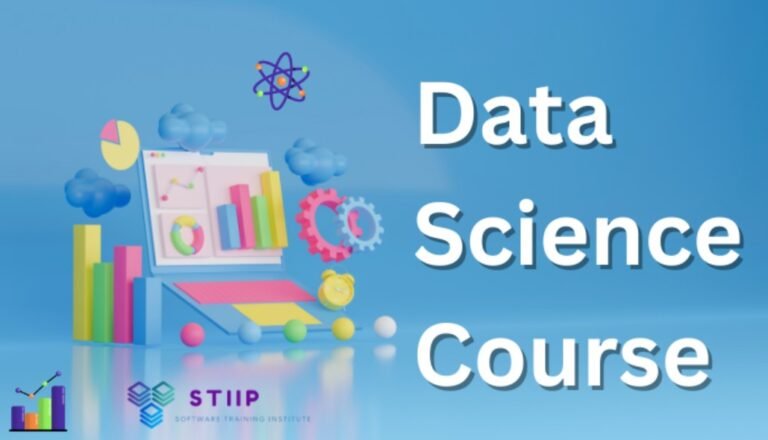Picture a city map, where intersections are points and roads are the connections between them. You may not know the exact traffic rules at each junction, but the structure itself reveals how movement is possible from one area to another. Undirected graphical models, often called Markov Random Fields, work in a similar way. They provide a blueprint for how variables in a dataset depend on one another, without prescribing a strict direction of influence.
The Intuition Behind Graphical Models.
Undirected graphical models act like a network of friends. Each person is a node, and their relationships form edges. Unlike directed graphs, these edges do not indicate who influences whom—they simply show that a dependency exists.
This framework is particularly useful when dealing with complex systems such as social networks, genetics, or natural language, where relationships are mutual rather than one-way. Students in a data science course in Pune are often introduced to these models to help them visualise abstract statistical relationships in a more tangible, intuitive way.
Factorisation and Local Dependencies
One of the strengths of undirected graphical models is factorisation—the ability to break down a complex joint probability distribution into smaller, manageable pieces. Think of it as dividing a large puzzle into clusters, solving each section separately, and then combining them to complete the big picture.
By focusing on local dependencies—variables that directly interact—these models reduce the computational burden. Learners in a data scientist course often practice factorisation techniques as part of probabilistic modelling exercises, discovering how local structures can simplify seemingly impossible problems.
Real-World Applications
These models are not just academic concepts—they are powerful tools applied in real systems. In computer vision, undirected graphical models help recognise objects in noisy images by linking pixel intensities. In natural language processing, they capture contextual relationships between words. Healthcare researchers use them to map genetic dependencies and disease risks.
Projects undertaken in a data scientist course in Pune frequently demonstrate such applications, showing how abstract probability theory translates into impactful real-world outcomes. By working on case studies, learners see how graphical models move beyond equations into practical solutions.
The Challenge of Inference
Inference in undirected graphical models is the process of answering questions about the network: given some observed data, what can we infer about the rest? This can be computationally intensive, especially for large graphs with many interconnections.
Techniques such as belief propagation and sampling provide approximate answers, enabling systems to function effectively even when exact solutions are too costly. Participants in a data scientist course often experiment with these methods, learning how approximate algorithms bridge the gap between theory and application.
Conclusion:
Undirected graphical models provide a powerful lens to understand dependencies in data. They allow us to capture relationships without assuming one variable controls another, making them well-suited for complex, interconnected systems.
By breaking down probability distributions, applying them to diverse industries, and grappling with inference challenges, professionals gain the ability to represent uncertainty in a structured way. In a world overflowing with data, these models help us see not just individual variables but the web of connections that ties them together.
Business Name: ExcelR – Data Science, Data Analytics Course Training in Pune
Address: 101 A ,1st Floor, Siddh Icon, Baner Rd, opposite Lane To Royal Enfield Showroom, beside Asian Box Restaurant, Baner, Pune, Maharashtra 411045
Phone Number: 098809 13504
Email Id: enquiry@excelr.com

